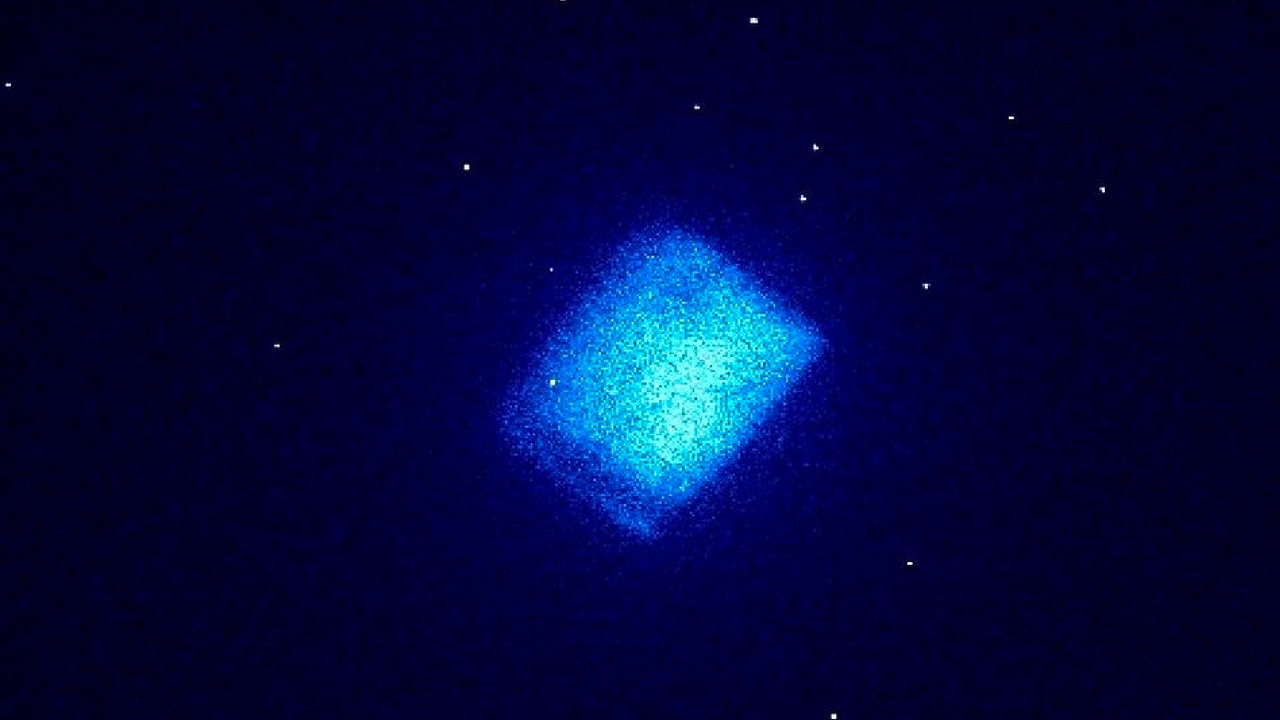
The Carbon-14 Diamond Battery: A Power Source Like No Other
Imagine a battery that doesn’t need replacing for thousands of years. That’s not science fiction—it’s the groundbreaking innovation that a group of researchers in the UK has recently achieved. By combining carbon-14, a radioactive isotope, with manufactured diamond, scientists have created a battery that could revolutionize how we think about powering devices (Source: University of Bristol).
How Does the Carbon-14 Battery Work?
At its core, this battery relies on the radioactive decay of carbon-14. This isotope is commonly associated with radiocarbon dating, but it has another trick up its sleeve. As carbon-14 decays, it emits electrons. In this new battery, those electrons are captured by the diamond’s structure, creating a steady flow of voltage—much like how solar cells use photons from sunlight to generate electricity. The key difference here is the power source: instead of relying on sunlight, the battery uses the natural decay of carbon-14 (Source: ZME Science).
The brilliance of this design lies in its longevity. Carbon-14 has a half-life of 5,700 years, meaning the battery could keep working for millennia. This isn’t about delivering high power levels; it’s about providing consistent, low-level energy for an incredibly long time (Source: Live Science).
Where Could We Use These Batteries?
The potential applications are as exciting as the technology itself. Devices that require low but continuous power are the perfect candidates. For instance, pacemakers and other medical implants could benefit enormously. Patients wouldn’t have to worry about battery replacements, which can currently require invasive procedures (Source: UK Atomic Energy Authority).
Space exploration is another area where this battery could shine. Take Voyager 1, for example. Launched in 1977, it’s still sending data back to Earth today. However, its power supply is expected to run out by 2036. A carbon-14 diamond battery could extend its functionality for thousands of years, enabling future spacecraft to send back data for far longer than we’ve ever seen (Source: ZME Science).
Other potential uses include powering devices in remote or hazardous environments where replacing a battery is impractical. Security sensors, environmental monitoring equipment, and even small-scale electronics could all benefit from this enduring power source (Source: World Nuclear News).
What’s Next for This Technology?
While the idea sounds almost too good to be true, it’s still in the early stages of development. The team from the University of Bristol and the UK Atomic Energy Authority is working to refine and commercialize the technology (Source: University of Bristol).
“This micropower technology can support a whole range of important applications, from space technologies and security devices to medical implants,” says Professor Tom Scott of the University of Bristol. The researchers aim to collaborate with industry partners to explore and expand its potential uses (Source: University of Bristol).
If they succeed in bringing these batteries to market, it could change the way we think about powering our devices. Imagine electronics that never need a battery swap, or permanent installations in remote locations where maintenance is a logistical nightmare. This could redefine sustainability and convenience in one fell swoop.
Why It Matters
The carbon-14 diamond battery represents more than just an exciting new technology—it’s a glimpse into a future where energy storage is smarter, safer, and more efficient. Whether it’s powering a pacemaker, a spacecraft, or a remote sensor, this battery could make some of our current limitations feel like ancient history. And while there’s still work to be done, it’s hard not to be excited about the possibilities.